Budget-Friendly Drought-Tolerant Landscaping Ideas
By Sarah Finazzo • June 15, 2023
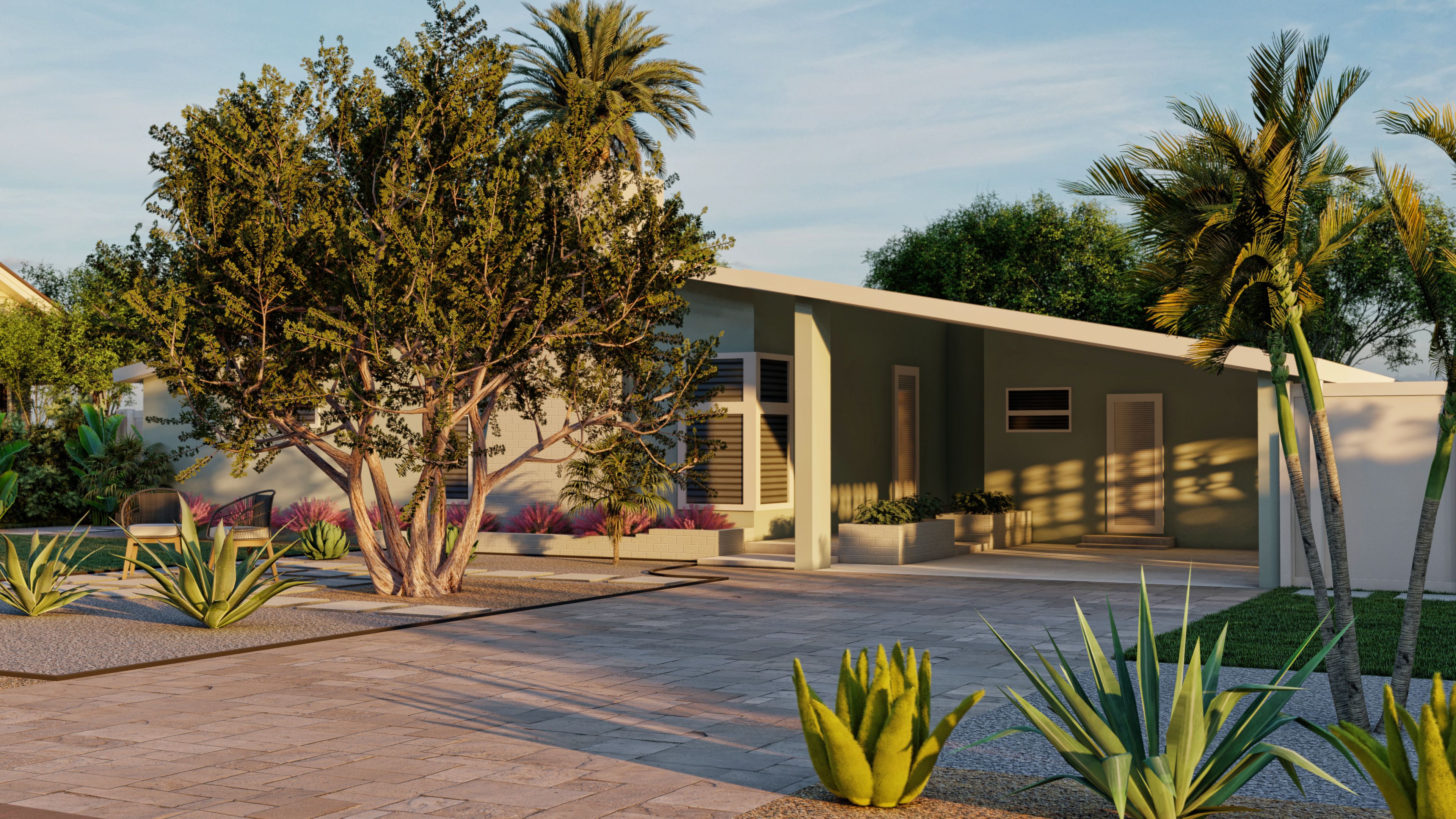
In a world grappling with the effects of climate change and dwindling water resources, the significance of drought-friendly landscapes is becoming more of a hot topic and a priority for homeowners everywhere.
Drought-tolerant landscapes not only help conserve water, but can also lower water bills and foster biodiversity, enhancing the beauty of our outdoor spaces. Read on to learn some inexpensive drought tolerant landscaping tips that can help you create a smart, well designed garden.
Join our Newsletter
Sign up for our email list to receive exclusive promotions and landscape design inspiration.
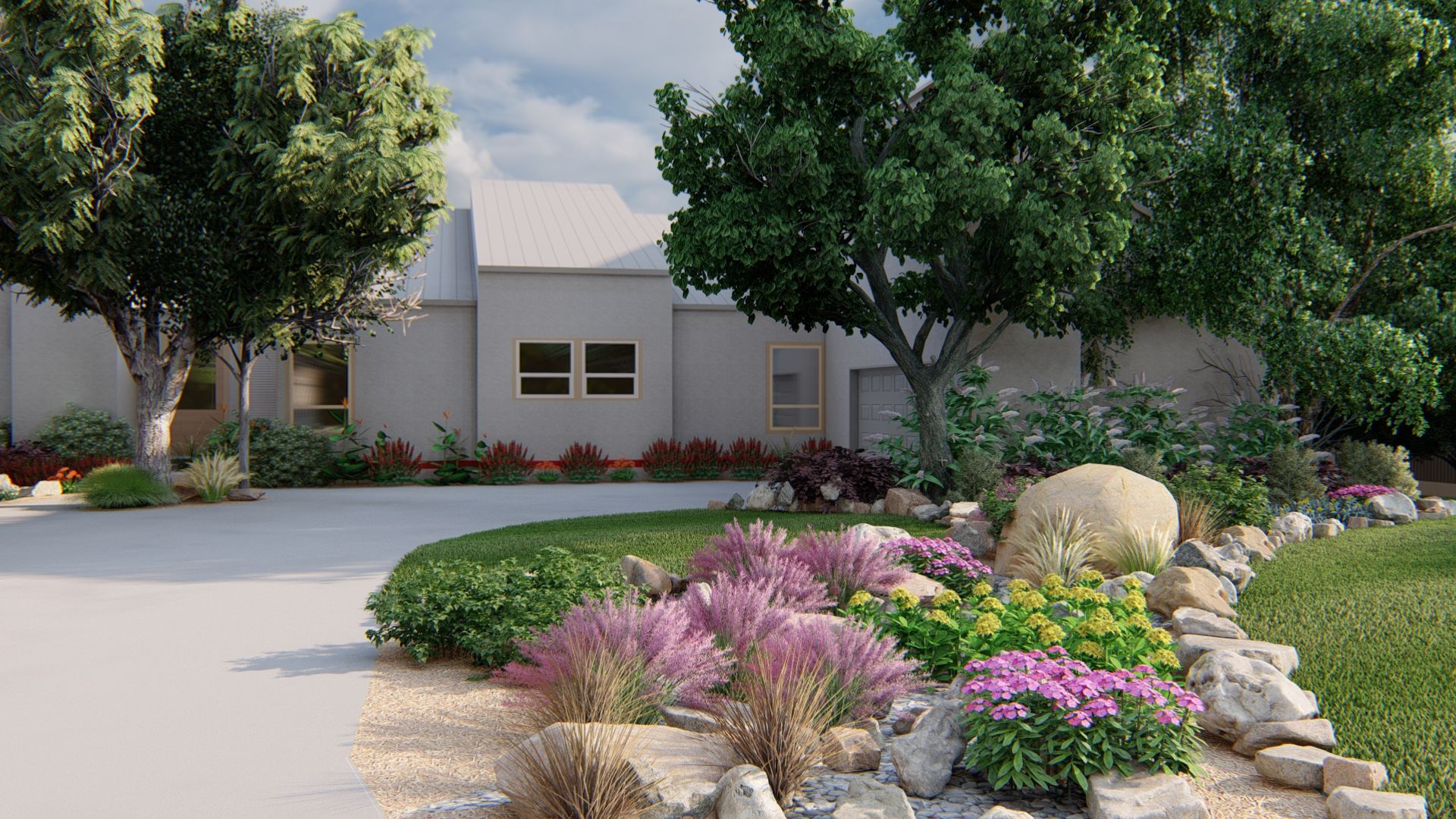
What is drought tolerant landscape design?
Drought-tolerant landscape design is a strategic approach to creating outdoor spaces that thrive in arid and water-scarce conditions. It encompasses a range of practices, techniques, and plant choices aimed at reducing water usage while maintaining the aesthetic appeal of the landscape. At its core, drought-tolerant design emphasizes the efficient use of water resources, promoting sustainability and resilience. Let's dig into what some of the key elements you should consider when trying to implement a drought tolerant landscape in your yard!
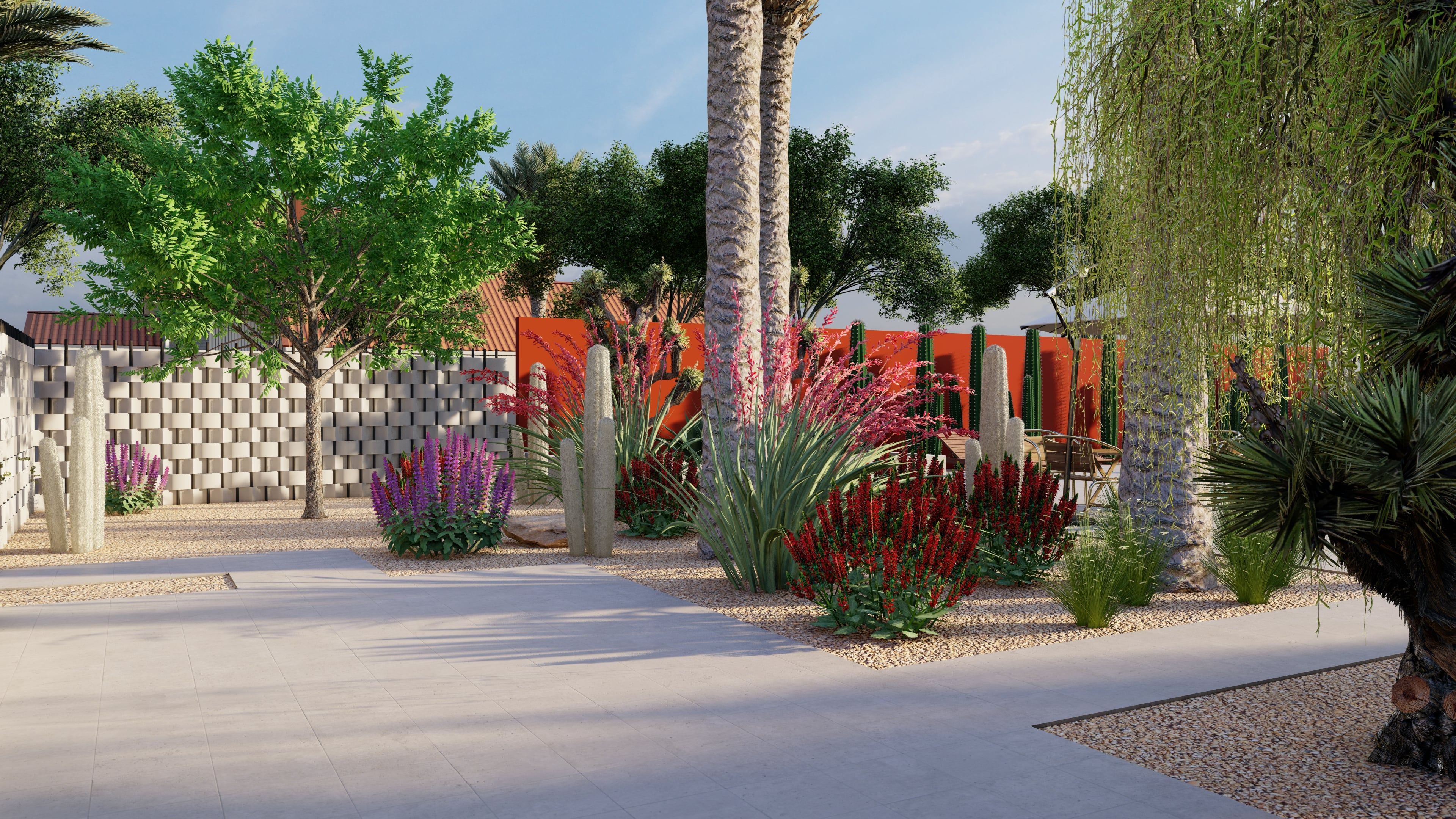
Drought Resistant vs. Drought Tolerant Plants
Drought-resistant plants refer to species that have natural adaptations and characteristics that enable them to withstand prolonged periods of drought. These plants have inherent traits that make them naturally resilient to water scarcity. They typically require minimal watering and can survive and maintain their health even in arid conditions.
Drought-tolerant plants, on the other hand, are species that can endure and persist in dry conditions but may not possess the same level of inherent resistance as drought-resistant plants. While they can tolerate drought to some extent, they may still benefit from occasional watering or require some level of care during extended dry periods.
Selecting Drought Resistant Plants
To find the best drought resistant plants for your yard you'll want to focus on native plants and low maintenance plants. A native plant is a species that occurs naturally in a particular region or ecosystem, having developed and adapted to the local environmental conditions over time, it has a great chance of thriving in your yard. Native plants or plants that will work in your hardiness zone will have deep root systems that allow them to access water stored in lower soil layers.
When it comes to some plants, like succulents, they can actually store water in their leaves or stems. Their leaves have thick, fleshy leaves that can retain moisture for extended periods.
Other common characteristics of drought-resistant plants are that they may have smaller or narrow leaves, reducing water loss through evaporation. They may also have a waxy coating or hairy texture on their leaves, which helps reduce water loss by creating a barrier against evaporation.
A few examples of drought-resistant plants include agave, yucca, lavender, cacti, ornamental grasses, Mediterranean herbs like rosemary and thyme, and certain species of native wildflowers. These plants can withstand extended periods of drought and require less supplemental watering, making them ideal choices for water wise landscaping.

Employ Smart Gardening Practices
To have a successful drought tolerant landscape, here are some smart gardening practices you can employ.
Efficient Irrigation Systems
Having an efficient irrigation system is crucial when implementing a drought tolerant landscape design because it helps minimize water waste and ensures that water is used effectively, targeting only the areas that need it most. By avoiding inefficient watering methods like overhead sprinklers that can lead to evaporation or watering non-drought-tolerant areas excessively, an efficient irrigation system such as drip irrigation or micro-sprinklers can deliver water directly to the roots of plants, reducing water loss and maximizing its absorption. This not only conserves water but also promotes the healthy growth and survival of drought tolerant plants, enabling them to thrive while minimizing the overall water demand of the landscape.
Mulch
Apply a layer of organic mulch around plants to help retain soil moisture, suppress weed growth, and regulate soil temperature. This reduces the need for frequent watering and promotes healthier plant growth.
Amended Soil
Enhance the soil's water-holding capacity by adding organic matter such as compost. This improves soil structure, increases its ability to retain moisture, and promotes the development of robust root systems.
Group Plants with Similar Water Needs
Grouping plants with similar water requirements together allows for more efficient watering. This ensures that each plant receives the appropriate amount of water without overwatering or underwatering certain areas.
Monitor and Adjust Watering Practices
Observe your plants and monitor soil moisture levels regularly. Adjust your watering schedule based on weather conditions, seasonal changes, and the specific needs of your plants. Avoid overwatering, as it can lead to shallow root growth and water wastage. And don't water in the heat of the midday when you have the highest chance for quick water evaporation.
Remove Your Grass
While removing grass can seem like a drastic measure in some parts of the country - traditional lawn requires a lot of maintenance, water and resources. Getting rid of grass and replacing it with a flower bed, gravel or rock garden, native ground cover, or a pollinator garden can actually save water and time!
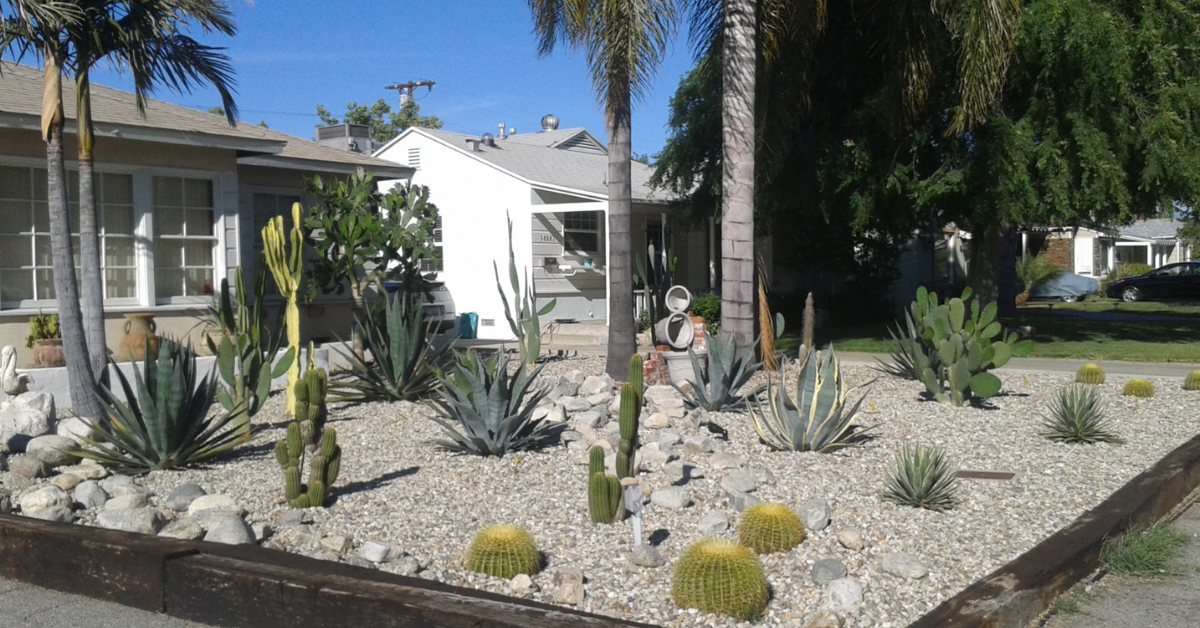
Can drought tolerant landscaping be implemented anywhere in the US?
Drought resistant landscapes have gained popularity across various regions in the United States, primarily in areas that experience water scarcity or frequent drought conditions. This includes the Southwestern United States such as California, Arizona, Nevada, and New Mexico, which face arid and semi-arid climates.
It is also very popular in Texas, particularly the western and central regions, which experience periods of drought and minimal water. As a result, drought-tolerant landscaping for residential outdoor living spaces has gained traction in cities like Austin, San Antonio, and Houston, where water conservation is a priority.
Mountain and High Desert regions with high elevation and drier climates, such as Colorado, Utah, and parts of Idaho and Montana, have seen an uptick in the popularity of drought-tolerant landscapes. The ability of these landscapes to thrive in challenging conditions makes them well-suited for these mountainous and high desert regions.
And while Florida is known for its abundant rainfall, certain regions in the state, such as the Florida Keys and parts of southern Florida, face water scarcity issues and have seen a rise in drought resistant landscaping.
It's important to note that drought-tolerant landscapes are increasingly embraced throughout the United States as awareness of water conservation and sustainable practices grows. Their popularity is not limited to specific regions and can be implemented in various climates to promote water efficiency and environmental stewardship.
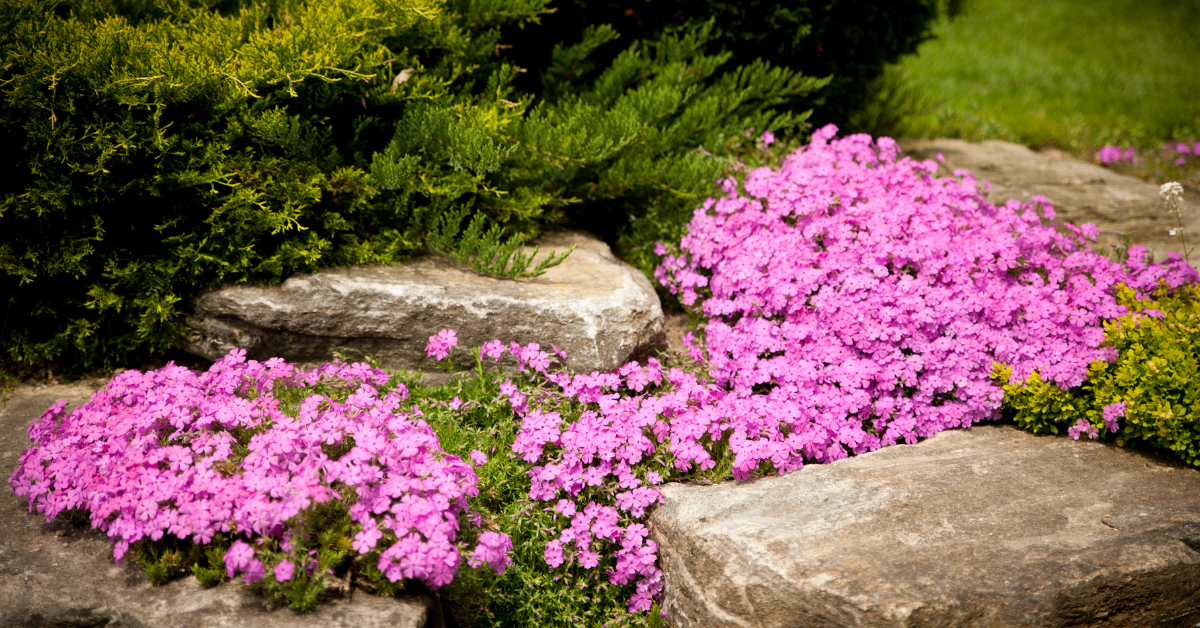
By carefully considering these factors, drought tolerant landscaping achieves a beautiful balance between environmental responsibility and creating lovely, functional outdoor spaces that can withstand and adapt to periods of prolonged drought. With a lot of research and love, your landscape can be something you live in harmony with instead of fighting the uncontrollable elements.
Want to learn more about how we specifically address drought tolerance within our designs? Click here to learn more!
Join our Newsletter
Sign up for our email list to receive exclusive promotions and landscape design inspiration.

Read more about: Landscape Design Tips, Sustainable Design, Gardening Tips